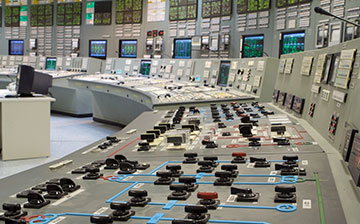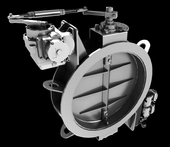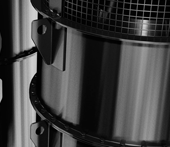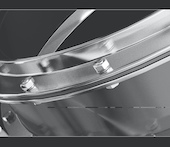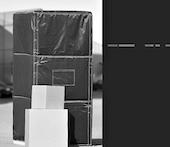Sootblowers
Water cannon and steam sootblowers are used for preventive cleaning of heating surfaces of operating steam boilers burning solid coal, liquid oil or biomass. Cleaning is achieved by drifting water or steam jets which are formed and transferred towards the surface being cleaned by means of nozzles of sootblowers. Necessity to clean a heating surface of a steam boiler is determined individually in each case and depends on boiler’s assembly features, mineral composition of fuel used and gas temperature and speed in accordance with conditions providing operating pure state of the surface. In order to provide stable functioning of the entire system, steam boilers are equipped with comprehensive cleaning system which is designed for specific conditions and includes cleaning units for separate heating surfaces. Use of soot blowers helps to increase operating availability of the boiler unit, decrease downtime and repair expenses, and increase the unit’s performance up to projected parameters and efficiency.
Improper operation and untimely cleaning of boiling units may lead to accidents. Some of the most common issues leading to these accidents include: fuel explosion, fine water filter clogging, drop of boiler water pressure, mechanical damage of pipes, failure to follow heating requirements, violations of blowing protocol, pressure decrease etc. Soot blowers designed by Powerz may eliminate possible negative factors and may help to reach design parameters of boiling units.
Problem statement
Physical manifestation of negative factors of ash deposition:
Sticking of ash to external surface of pipes; ash has a low heat transfer coefficient and provokes a sharp drop in heat transfer coefficient from combustion products to the heat carrier (water or steam).
Negative factors of ash depositing:
- Decrease of boiler unit’s performance;
- Decrease of operating efficiency due to increase of temperature of exhaust gases which, in turn, leads to excessive consumption of fuel;
- Increased consumption of electricity when smock exhausts are operating at a peak load due to increase of air resistance of heat exchange units, since the area of passage also decreases;
- Unscheduled shutoffs of boiling units due to contamination of heat exchange units’ surfaces;
- Damage of boiling units’ components due to collapse of ash blocks;
- Substantial deposits of unburnt oil on convective heating surfaces (economizer, air heater etc.) may lead to their ignition, which in turn causes damage to components of the boiling unit.

 +49
+49 Steam sootblowers
Steam sootblowers 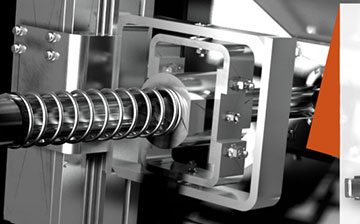 Water cannon
Water cannon